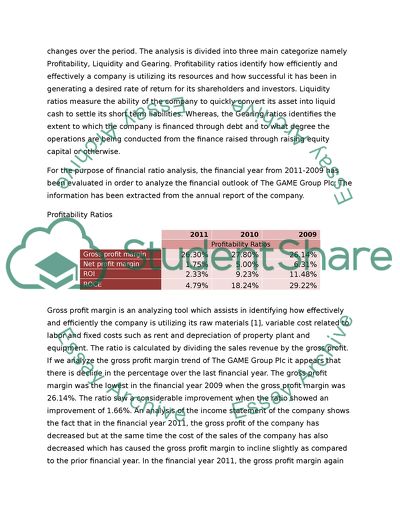Cite this document
(Financial Performance and Position of the Business Assignment - 1, n.d.)
Financial Performance and Position of the Business Assignment - 1. Retrieved from https://studentshare.org/finance-accounting/1802297-msc-managerial-finance-resit-assignment-june-2013
Financial Performance and Position of the Business Assignment - 1. Retrieved from https://studentshare.org/finance-accounting/1802297-msc-managerial-finance-resit-assignment-june-2013
(Financial Performance and Position of the Business Assignment - 1)
Financial Performance and Position of the Business Assignment - 1. https://studentshare.org/finance-accounting/1802297-msc-managerial-finance-resit-assignment-june-2013.
Financial Performance and Position of the Business Assignment - 1. https://studentshare.org/finance-accounting/1802297-msc-managerial-finance-resit-assignment-june-2013.
“Financial Performance and Position of the Business Assignment - 1”, n.d. https://studentshare.org/finance-accounting/1802297-msc-managerial-finance-resit-assignment-june-2013.


